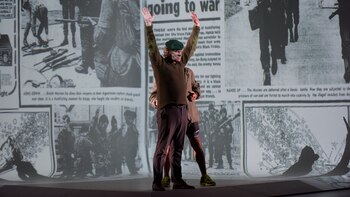
In just two weeks it will be 40 years since April 2, 1982, a day that founded feelings as confused as they are exorbitant. The Falklands and the war, brought some euphoria and many fears. Even intimate and never imagined fears. What would it be like to have to go to war and what could happen in the Malvinas, many of us think that, like this chronicler, we had recently finished doing military service and were reservists capable of being summoned.
“Minefield”, the play by Lola Arias that will be shown from Thursday to Sunday at 8pm, until April 24th, had its premiere in May 2016 at the Royal Court Theatre in London and since then has performed in more than 30 cities around the world. Now in the Martín Coronado Hall of the San Martín Theater on the occasion of the anniversary of the beginning of the Malvinas War.
The re-premiere took place on Thursday night and began a series of activities that the Ministry of Culture of the City of Buenos Aires will carry out within the framework of this commemoration. In the central hall of the Teatro San Martín, prior to the start of the performance, Infobae Cultura spoke with Minister Enrique Avogadro and Jorge Telerman, General Director of the Buenos Aires Theater Complex and appointed as Director of the Colón Theater.
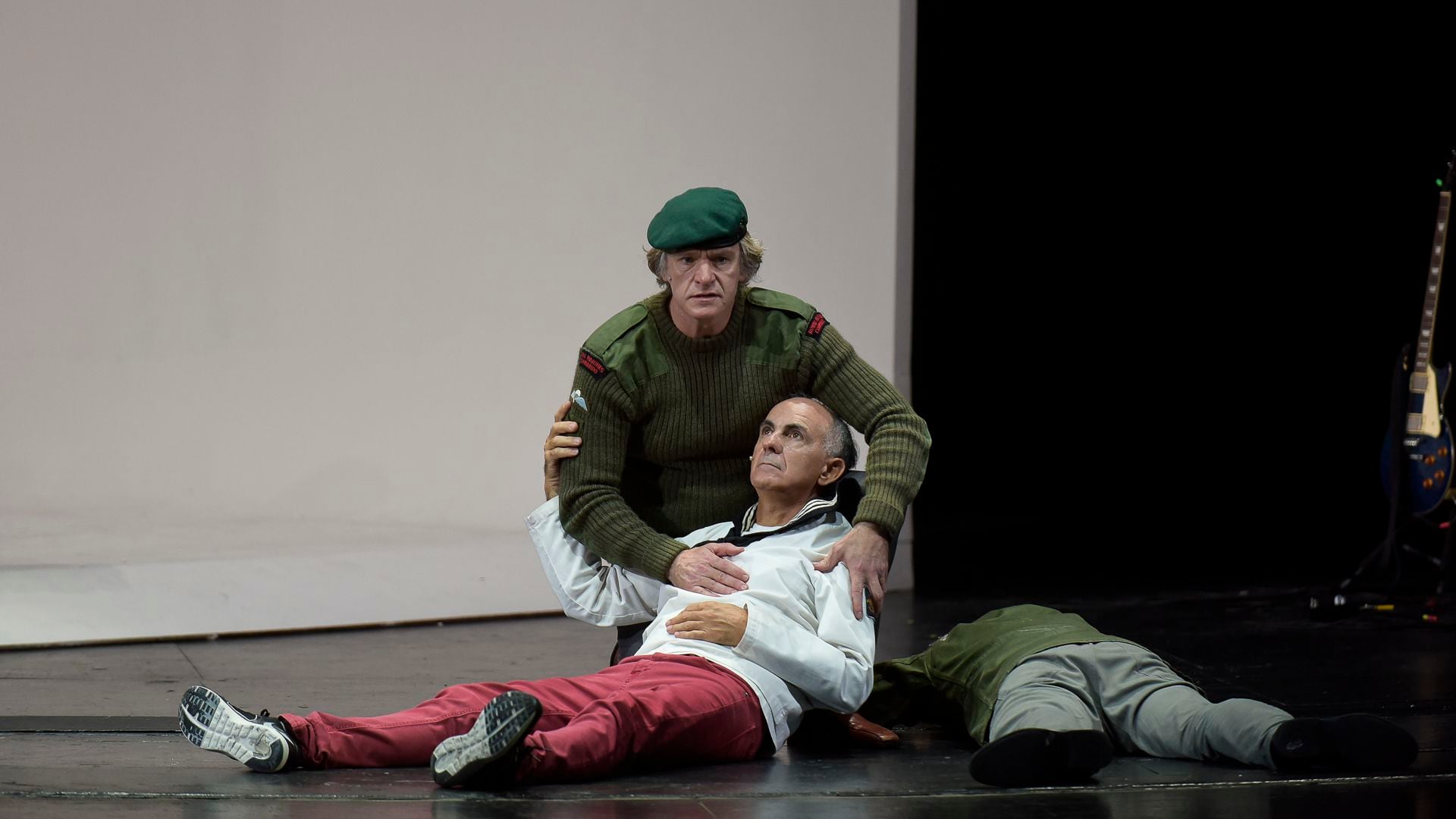
Avogadro explained that “there are a whole series of activities being organized by the government of the City of Buenos Aires in relation to the 40 years of Malvinas, where the Ministry of Culture plays a very active role, because we understand that culture allows us to give us a space for reflection. And a view that, like the one proposed by Lola Arias's work, without ever giving up the claim to sovereignty, poses a very humanistic view, an approach to conflict from a transcendent humanism. It is the same protagonists on both sides who tell their story. They don't draw conclusions because the value of art, I think, is that it presents us with the question and each one elaborates the answer.”
Telerman also highlighted that vision with which the Theater Complex focused the activities. “Our vocation was to organize this commemoration of the 40th anniversary of the Malvinas from a humanist perspective, to promote the values of harmony, of peace, with this unique venture on a global scale. There is no precedent in which three ex-combatants, in this case British, and three Argentine ex-combatants, are making together a work of art that moves us all, showing the superiority of the value of the encounter, even in the difference. Because that is why we did what we did to do this commemoration, not to talk about geopolitical issues, not just about a clear position of defense of sovereignty, as we all have, but about a perspective that allows us to reflect on war. And unfortunately the world continues to show us how impossible this is.”
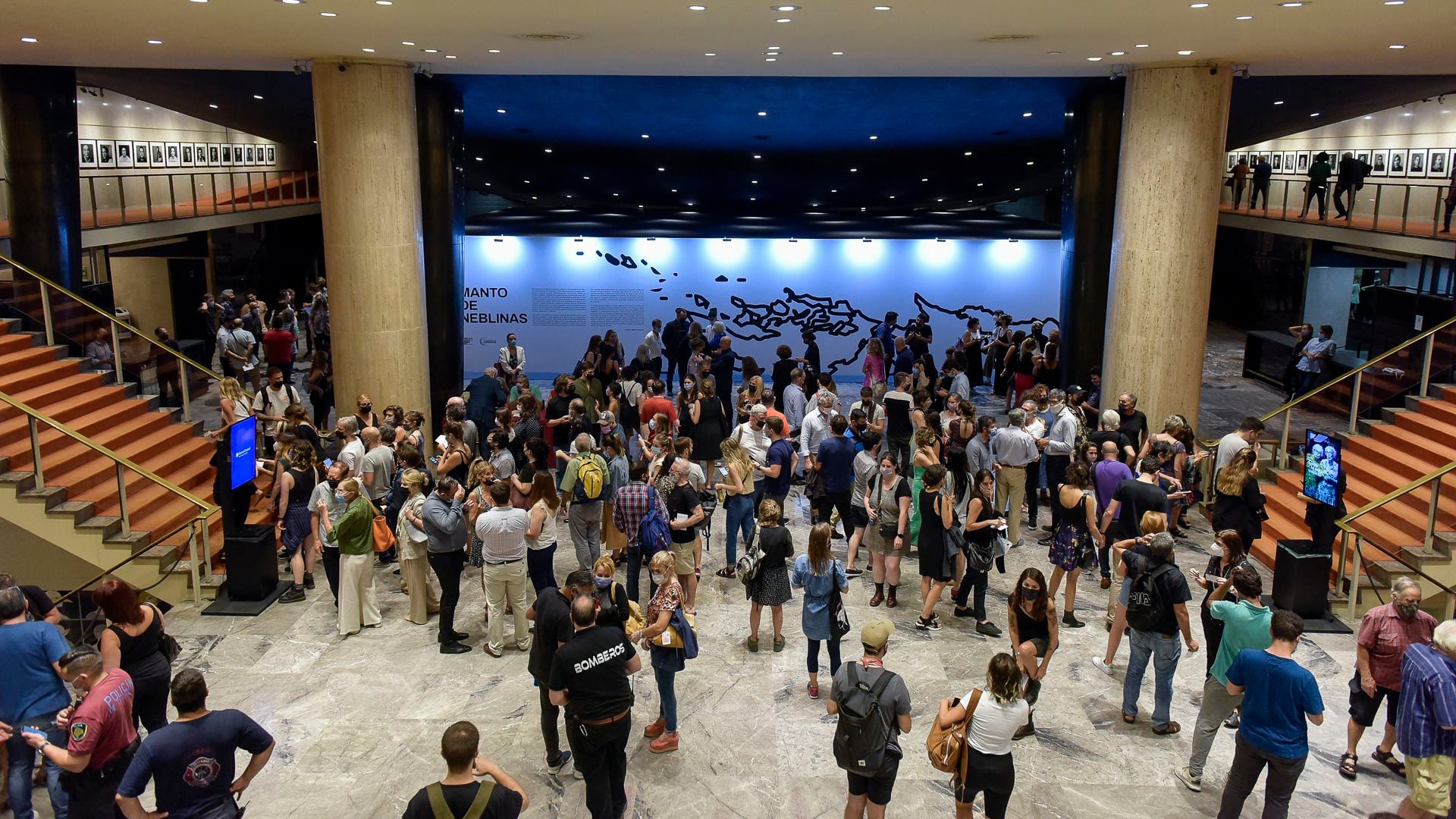
The protagonists of “Minefield” are ex-combatants. Three Argentines, two British and one Nepalese, one of the Gurkas sent to the Falklands as part of the English troops. Among the Argentines, Rubén Otero survived the sinking of the General Belgrano Ship and has a Beatles tribute band; Gabriel Sagastume was a “mediocre” soldier (in his own words), and today he is a criminal lawyer; Marcelo Vallejo was a mortar pointer and is an athlete, triathlon champion. The British are David Jackson, who spent the war listening to code broadcasts on the radio and today he listens to other veterans in his psychologist's office, and Lou Armour, who was the cover of the world newspapers when Argentines took him prisoner on April 2, and today he teaches children with learning disabilities. Sukrim Rai was a gurka who knew how to use his knife, even to avoid killing, after the war he worked as a security guard. The proposal proposes to look at the same story from different points of view, that of those who were enemies and now share a scenario, but also between who they were and who they are, as well as the different ways of relating to the military as a trajectory and with the Falklands in particular. Lou Armour, who stayed teaching in England, will not be present at these functions. He will be replaced by Tip Cullen, an actor who was a Marine and is known in Britain for his handling of weapons, who will be in charge of telling the story of Armour.
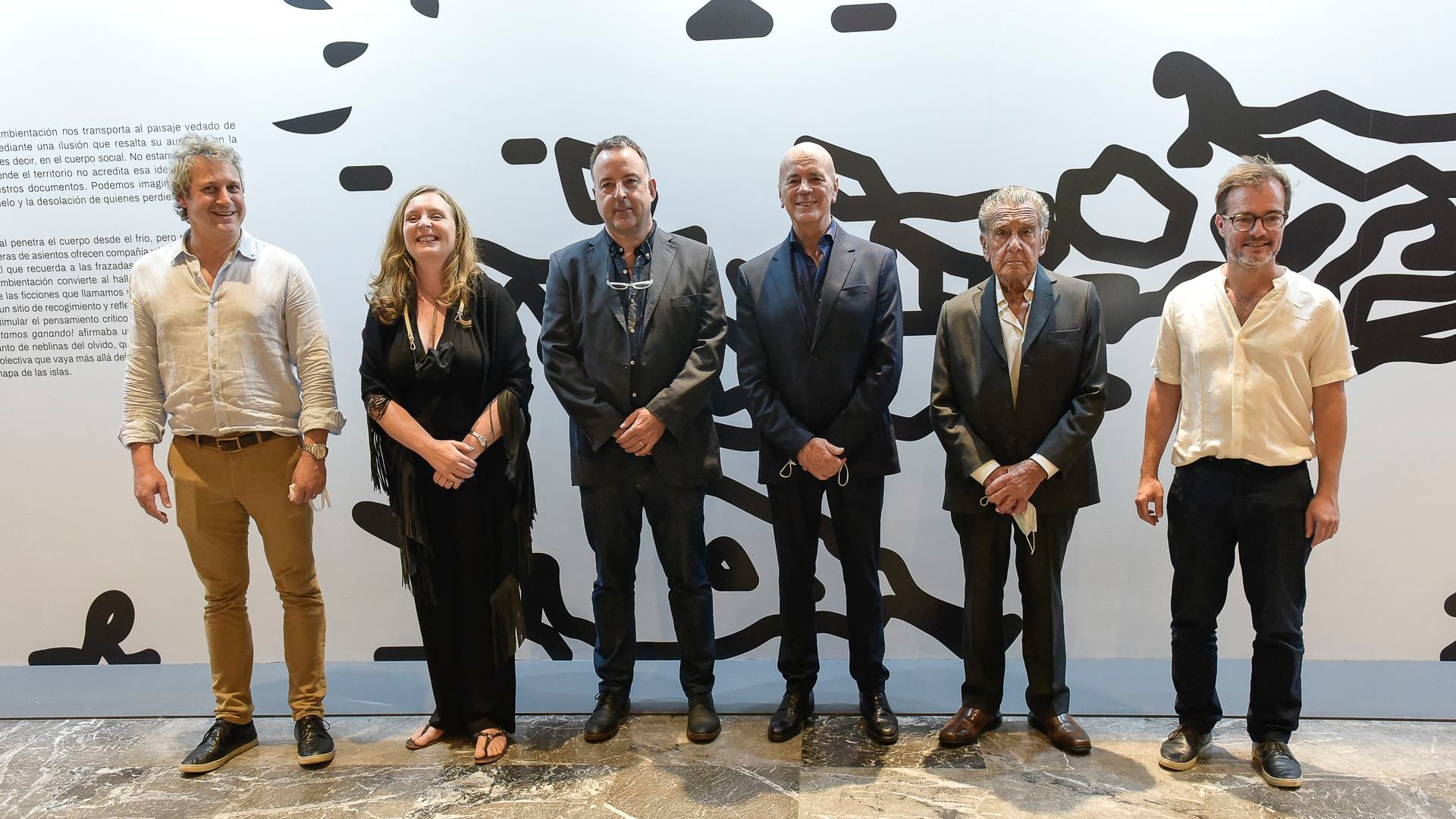
Along with the re-release of Arias's play, “Mantle of Neblinas” was inaugurated, an immersive installation located in the Alfredo Alcón Hall of the San Martín Theater. It is an enigmatic cube that proposes a sensory experience and invites contemplation and empathic experience. Telerman explained the logic of this creation with the idea and development of Natalia Uccello and Gabriel Caputo, and a photograph of the Malvinas terrain by Gerardo Dell'Oro. “Sometimes we forget the human horror dimension of a war where lives, bodies, are in fact at stake. The installation that we will see puts this in value. You are going to enter that facility with the lights off, they are going to turn on and an optical illusion will give you the feeling of being yourself inside the Malvinas. And then the light is going to turn off again and he's going to realize that he's not there, but that he could have been there.” For his part, Minister Avogadro stressed that the installation was made possible thanks to the support of Corporación América, whose owner Eduardo Eunekian was present at the opening, and also stressed the importance of this proposal being developed, freely and free of charge, in the flagship of the Teatrical Complex, the San Martín Theater. “A space that has always been central to the culture of the City of Buenos Aires since its foundation,” added the Buenos Aires Minister of Culture.
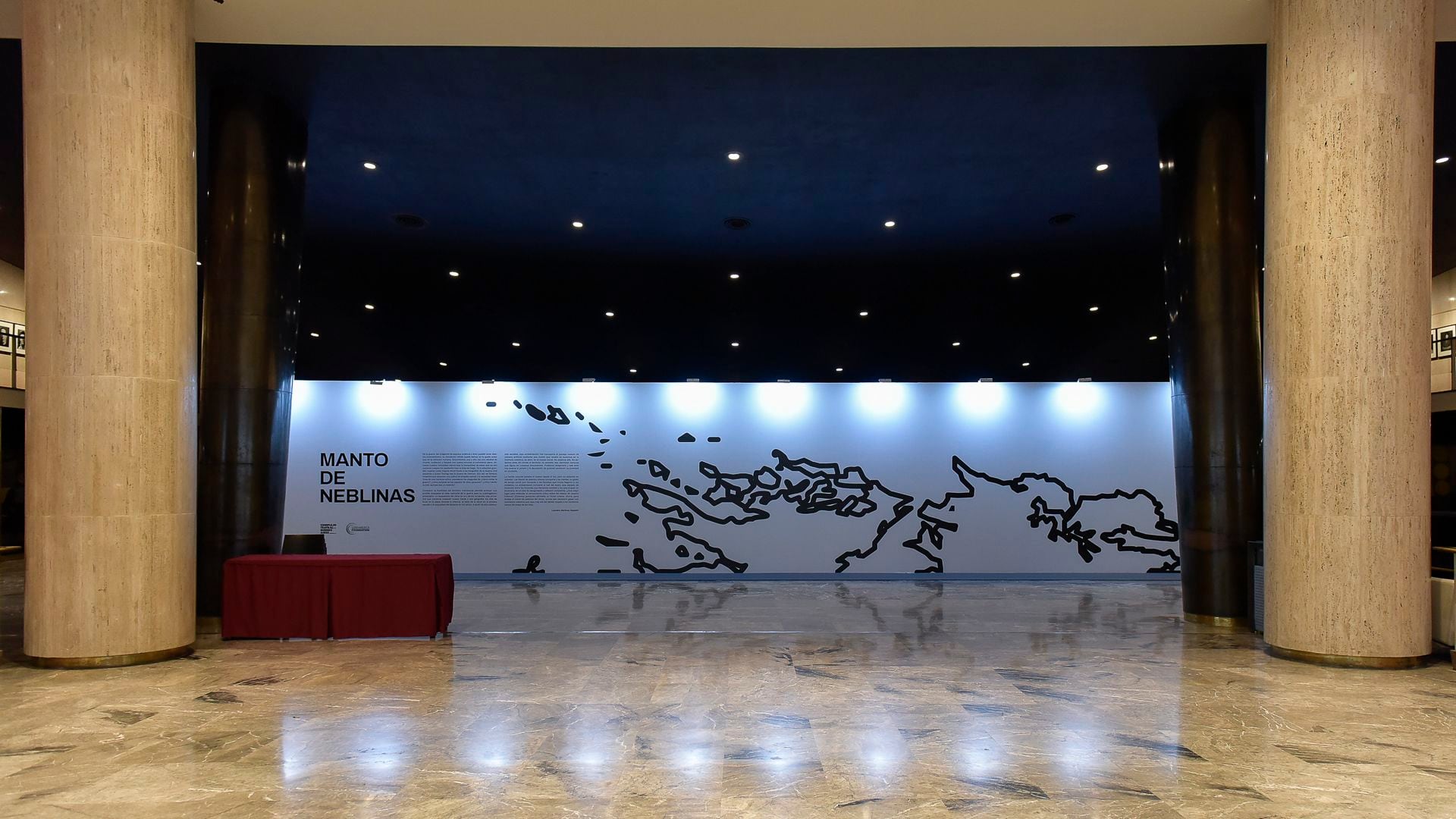
Biographies and documentary theater
“Minefield” is part of what is known as documentary theater, a form of representation that includes elements of biographies and personal stories with instances of fiction, but whenever it arises from a research process carried out by the person who is responsible for organizing the texts and staging. It is not a mere personal story without dramatization or organization. In our country it has its main reference in the Biodrama cycle created by Vivi Tellas, which took place in 2002 and 2008.
Biographical/documentary theater developed different drifts, where intersections with performance have developed very important proposals. It has also been enriched in many cases by the incorporation of the central elements of the present scene, such as the use of audiovisual, actors/performers as musicians, the microphone as an element that highlights the idea of storytelling or the permanent rupture of the fourth wall. All of this is present in this proposal.
This theatrical record is where Lola Arias has stood out since 2009, the year in which she presented “My Life After”, in which six young people reconstruct their parents' youth in the 70s using photos, letters, cassettes and used clothing, among other elements. From then on, he produced his works in Germany, Austria, Brazil, Chile, England and Switzerland. His work was performed at countless theater festivals around the world.

“Minefield” was released in 2016 and none of its protagonists are actors. However, some of them quit their jobs to be able to take on the commitments that touring almost all over the world demanded. What happens to the protagonist of a story, who is not an actor, plays the same play for almost 6 years? Does it change the way you take on your work with the text? For Marcelo Vallejo “the change, although we didn't realize it, was little by little. It was finding a rhythm in the way we move on stage, and in my case in the confidence to feel that I am there, on a stage, in a theater. But I'm never going to think I'm an actor. I'm a war veteran who's telling his story. There were changes, like that in letting some feelings come out that maybe because of shame or lack of trust, we don't let them flow. All these changes make the work grow, so that it does not lose that interest it had at the beginning. For us it will always be the first show, because we don't talk about us, we talk about many of our colleagues, about relatives, about mothers.”
For those who know the work, there is no doubt that it maintains what the essence of the project brought: honest stories, in the first person, stories that meet and produce permanent dialogues based on the perplexity that contact with death and pain continues to cause. Over the years, the protagonists found possibilities to expand their expressive and emotional record, which means that, far from being automated, the representation of their own stories gains in sensitivity and narrative richness.
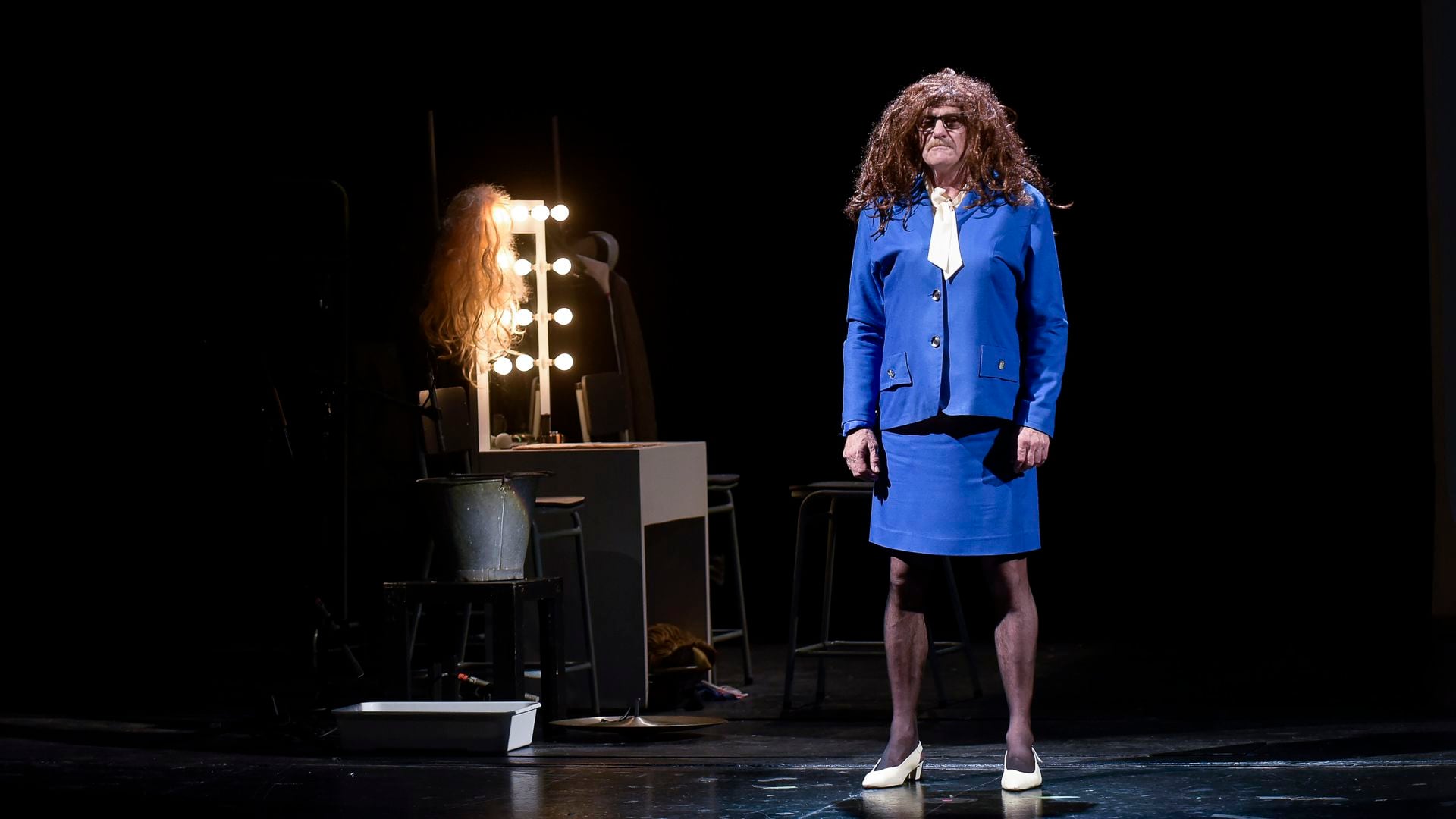
Arias allows the deployment of very interesting resources, such as the representation of Margaret Thatcher and Leopoldo Galtieri in parallel through their speeches. Just as the stories of the combatants function as the construction of a collective away from that great power, they both function as part of a common world, that of power. While the Argentine ex-combatants tell how they were hidden and ignored upon their return, with the reconstruction of the colonial government in the Malvinas in the United Kingdom, Jackson explains in a passage of the play, Thatcherism began: neoliberalism, closure of factories, loss of union power. The soldiers are, also in parallel, the defeated popular camp.
A key element of the work is music. Knowing how to play instruments was a precondition in the original casting. It is interesting not only as an element of rhythmic disruption from the use of rock and pop, but as a small cultural story about what is common to us. Otero's first trip to London was with his Beatles tribute band. At that time his status as a former combatant fell silent. This moment is fictionalized through a magnificent version of “Get back” played by the 3 most Jackson Argentine protagonists, who impresses with his guitar. How much does that topic identify us? How much does British rock unite with Argentine rock? How many cultural traces do we share, especially those that we were formed from the 1960s onwards? There is a sub-plot to think about this work and the place of the combatants, of this and many other wars, proposed by the work of Lola Arias.
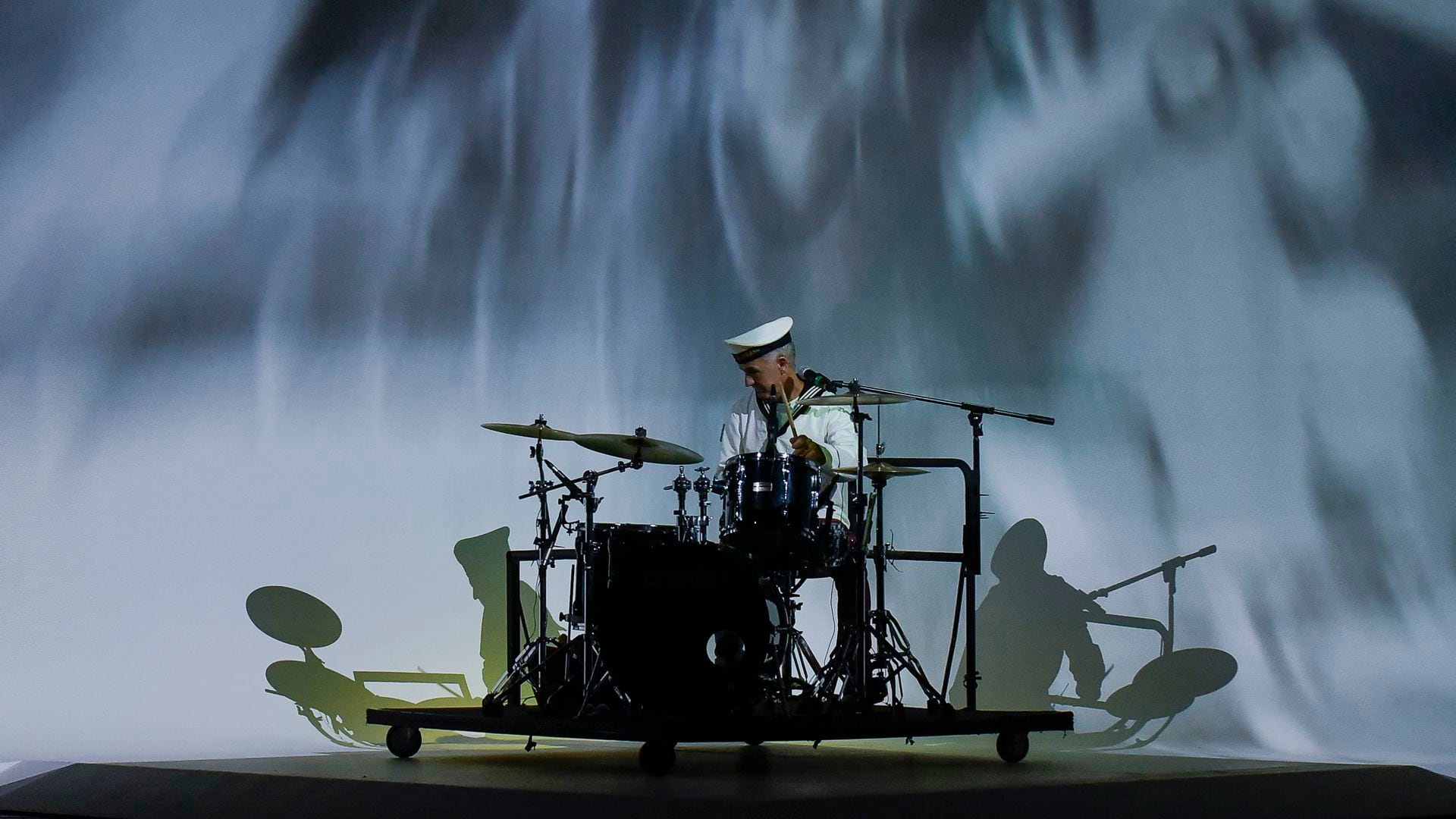
The past and the present
This series of presentations stands out because it commemorates 40 years of the armed conflict and that will surely mobilize both the protagonists and the public. In this sense, one of the protagonists of the work, Marcelo Vallejo, explained to Infobae Cultura the meaning that representing the work acquires for him on this date. “The circumstances are going to be different because there are difficult days for me, where memories appear more strongly. We're going to have different acts and we're going to get together with my teammates, with the veterans. And it's going to be tough days. So it's going to be different functions.” And on the situation that took place last Wednesday at the doors of the PAMI headquarters, he emphasized, “I can't help but say that I feel very helpless and a lot of sadness, because I am in a theater doing the play and my fellow war veterans are on the street fighting for good medical care, that we still don't have 40 years of the war”.
The present also puts us in front of a war with shocking humanitarian consequences. It is difficult to confront this proposal without thinking about the armed conflict that is taking place on Ukrainian territory. For Vallejo, doing the work in this context takes on a very special meaning and transmits “a very powerful message for people who are going to see the work. For us, who have gone through that experience and who are always trying to give the message of what it leaves to war, not only in the construction site, when there is conflict, not just in Ukraine, wherever, we wonder what would happen if people knew what it was like to hear the whistle of a projectile, a bomb, a bullet and all the pain it generates. I always say that there would be no war.”
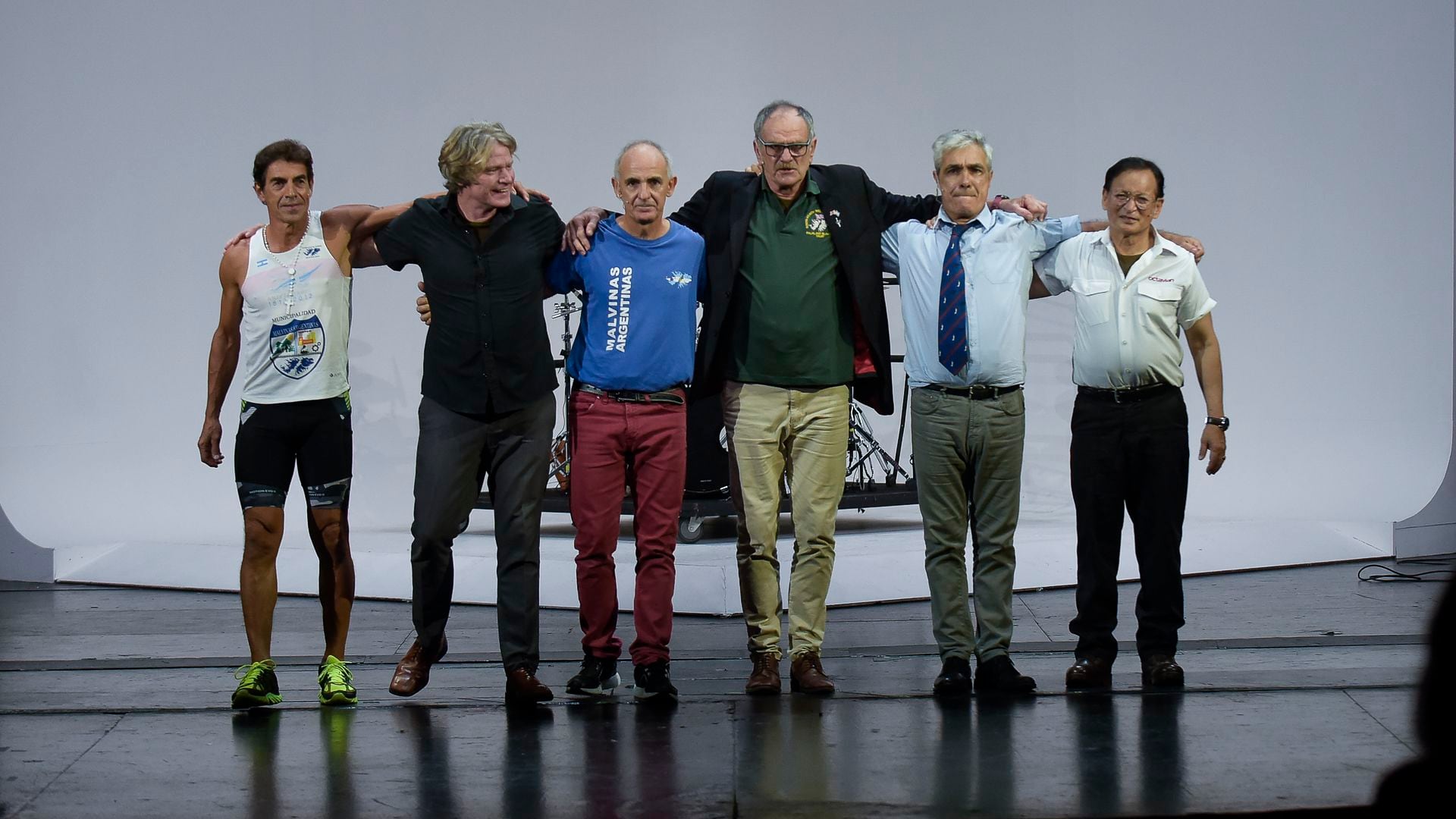
The play “Minefield” is presented from Thursday to Sunday at 20 pm in the Martín Coronado Hall of the San Martín Theater. The installation “Mantle of Neblinas” is open to the public freely and free of charge in the central hall of the theater, Corrientes Avenue 1530, Buenos Aires City.
KEEP READING
Últimas Noticias
Debanhi Escobar: they secured the motel where she was found lifeless in a cistern
Members of the Specialized Prosecutor's Office in Nuevo León secured the Nueva Castilla Motel as part of the investigations into the case

The oldest person in the world died at the age of 119
Kane Tanaka lived in Japan. She was born six months earlier than George Orwell, the same year that the Wright brothers first flew, and Marie Curie became the first woman to win a Nobel Prize

Macabre find in CDMX: they left a body bagged and tied in a taxi
The body was left in the back seats of the car. It was covered with black bags and tied with industrial tape
The eagles of America will face Manchester City in a duel of legends. Here are the details
The top Mexican football champion will play a match with Pep Guardiola's squad in the Lone Star Cup

Why is it good to bring dogs out to know the world when they are puppies
A so-called protection against the spread of diseases threatens the integral development of dogs




